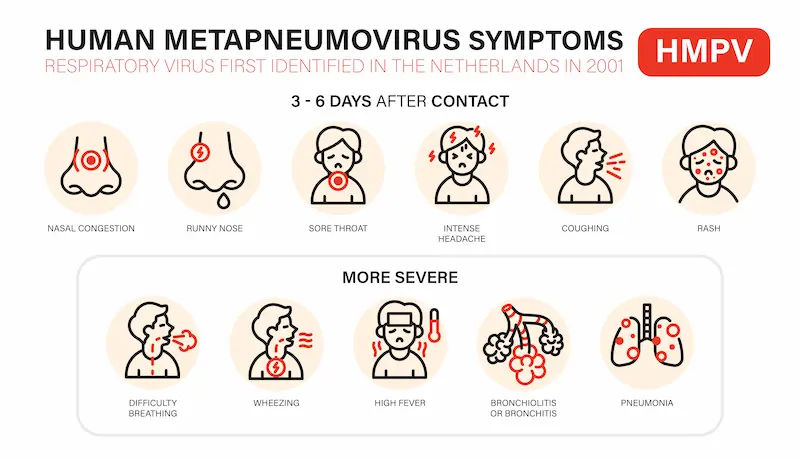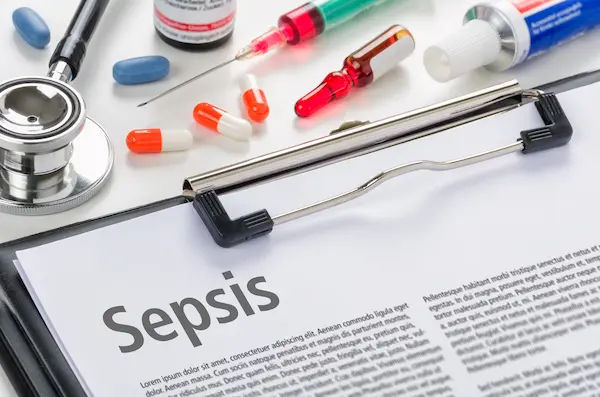- male
- 30 Years
- 23/01/2025
I recently had a risky encounter with a commercial sex worker and was pretty worried about HIV exposure. I went to see a doctor right away and started a post-exposure prophylaxis treatment with tenofoviremtricitabine and raltegravir, just under 12 hours after the exposure. I just finished the 28-day course and got tested on the 29th day with a CMIA test that came back negative. Does this mean Im in the clear, or should I be concerned about anything else related to HIV?
Answered by 1 Apollo Doctors
It's reassuring that your CMIA test on Day 29 was negative, and you took PEP promptly, which greatly reduces HIV risk. However, follow-up testing at 6 weeks and 3 months post-exposure is crucial to confirm your status fully. Stay positive and consult your doctor for guidance.
Dr. Dhankecha Suggests...
Consult a Infectious Disease specialist
Answered 04/07/2025
0
0

More Infectious Disease Health Queries
View allI'm trying to understand what it means when the widal test result says "non reactive." Could you explain this in detail? Also, I've been dealing with typhoid for about 4 months now and it just won't go away. Can you recommend any good doctors for treating typhoid? I'm really worried since it's been such a long time.
-A "non-reactive" result in a Widal test means that no significant antibodies against *Salmonella* (the bacteria causing typhoid fever) were detected in your blood. This usually indicates you don't currently have an active infection, but its not always
Answered by 1 Apollo Doctors
I'm dealing with an abscess in my underarm and some mild back pain, and I just found out my Mantoux test came back positive with an ESR of 30. Could this mean I have spinal tuberculosis? And if it is, are the medications they give out at district health centers for spinal and lung tuberculosis the same? I'm pretty worried about what all this means.
Surgeon opinion is advised to the patient.
Answered by 1 Apollo Doctors
I'm really worried about tuberculous lymphadenitis. Is it something that can spread from one person to another? If that's the case, could you explain how it happens? I'm just trying to understand the risks better.
Yes, tuberculous lymphadenitis is a contagious disease caused by the bacteria Mycobacterium tuberculosis. It can spread from one person to another through the air when an infected person coughs or sneezes. It is important to seek medical treatment to prevent the spread of the disease. Treatment usually involves a combination of antibiotics such as Rifampicin, Isoniazid, Pyrazinamide, and Ethambutol for several months.
Answered by 1 Apollo Doctors
Disclaimer: Answers on Apollo 247 are not intended to replace your doctor advice. Always seek help of a professional doctor in case of an medical emergency or ailment.




